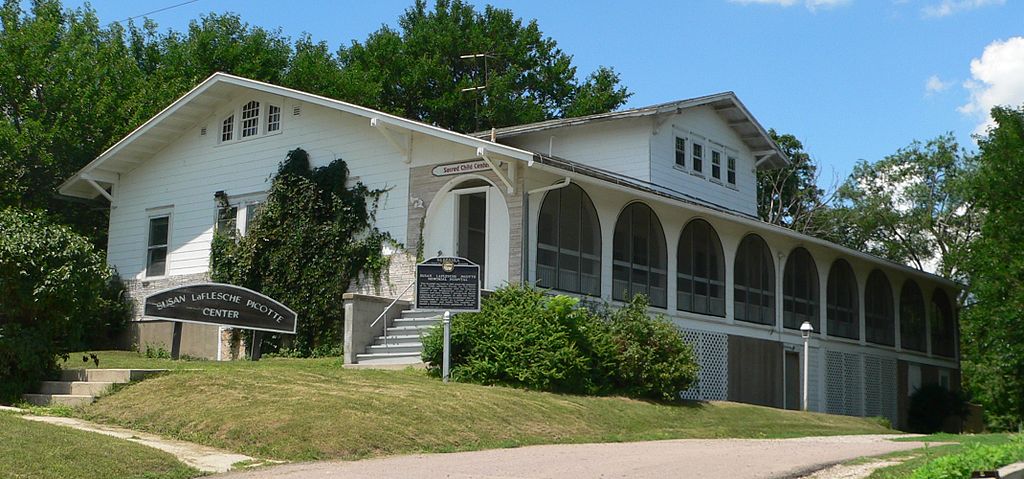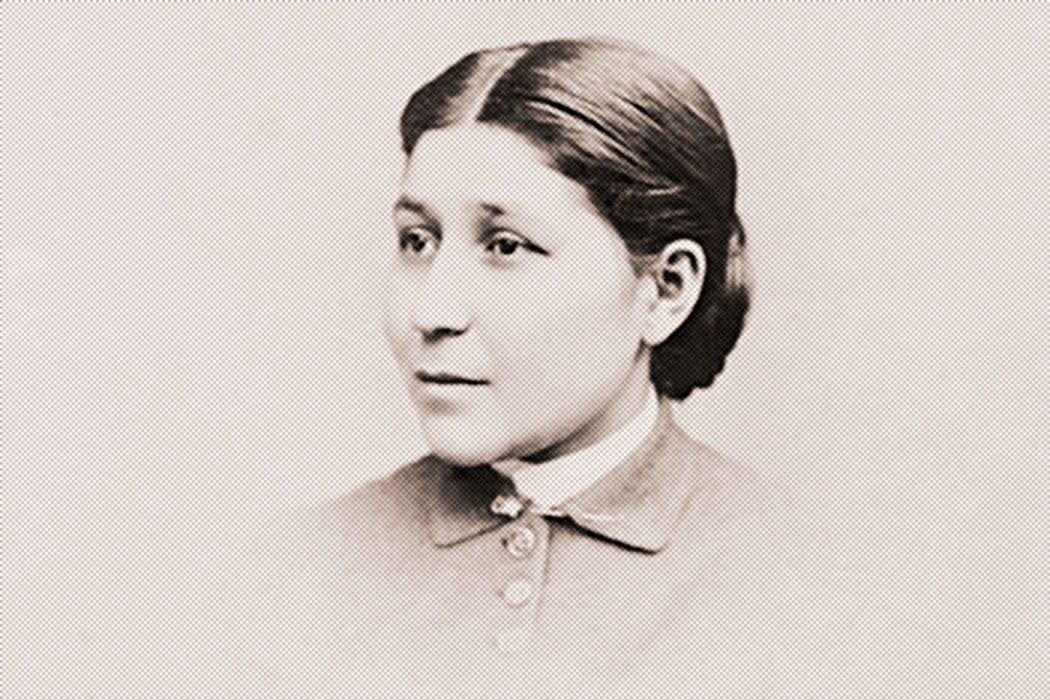The three-story, Craftsman-style building on the Omaha Indian Reservation in Nebraska might seem unremarkable. It’s fallen into disrepair over years of vacancy and neglect. Yet the 1913 structure is the Dr. Susan LaFlesche Picotte Memorial Hospital, named for the first Native American to be licensed to practice medicine in the United States. It was built without federal funds, the capstone to Picotte’s career dedicated to indigenous health.
The hospital is on the National Trust’s 2018 list of “America’s 11 Most Endangered Historic Places.” This follows a recently launched effort, supported by the Omaha tribe, to fundraise and restore the hospital as a museum. This momentum and visibility may finally give the building, and Picotte’s legacy, the historic attention they deserve.
Picotte was born in 1865, the daughter of Mary Gale and Joseph LaFlesche, the Omaha tribe’s last recognized chief. Her parents considered assimilation a necessity for survival, and sent their children to the East Coast for their educations. Susan attended the Hampton Institute for black and indigenous students in Virginia, then the Woman’s Medical College of Pennsylvania. She could have practiced on the East Coast, but she returned to the Omaha Reservation in 1889, later marrying a Sioux man named Henry Picotte.

While she was the first to receive a degree, indigenous women had long practiced traditional healing. In a salutatory address at her 1886 graduation from Hampton, she explained her embrace of medical study, and the importance of not severing her connection with her heritage. “Though she admits that Native peoples must learn ‘to use the white man’s books, and to use his laws,’ the implication is that ‘Indian’ civilization need not look exactly like ‘American’ civilization,” writes rhetoric scholar Malea D. Powell. “Indeed, as one of the ‘pioneers’ of this Native future, La Flesche can work to better the health of her people, to ensure their survival; ‘with a good knowledge of medicine’ she can literally improve their lives, all the while having ‘an advantage over a white physician in that [she] know[s] the language, customs, habits and manners’ of her people.”
That knowledge was essential in Nebraska, where she walked or took a horse and buggy to the homes of her patients. “Her day commonly began at 8:00 AM and continued until 10:00 in the evening while she treated diseases ranging from consumption, influenza, dysentery, malaria, and cholera to an epidemic of conjunctivitis, an eye ailment spread by unsanitary conditions,” explains historian Valerie Sherer Mathes in Great Plains Quarterly. “During her first winter, there were two epidemics of influenza. Between October 1891 and the spring of 1892 she attended more than six hundred patients, sometimes in fifteen to twenty degree below zero weather.”
Although she seemed tireless, treating both indigenous and white Nebraskans, Picotte’s own health waned, and she never got to lead the hospital that was her crowning achievement. She died of cancer just two years after its completion. As scholar Kristin Herzog relates, “When Dr. Susan Picotte died in 1915 at the age of only fifty, three presbyterian ministers officiated at her funeral, but the closing prayer was given in the Omaha language by one of the older members of the tribe.”







